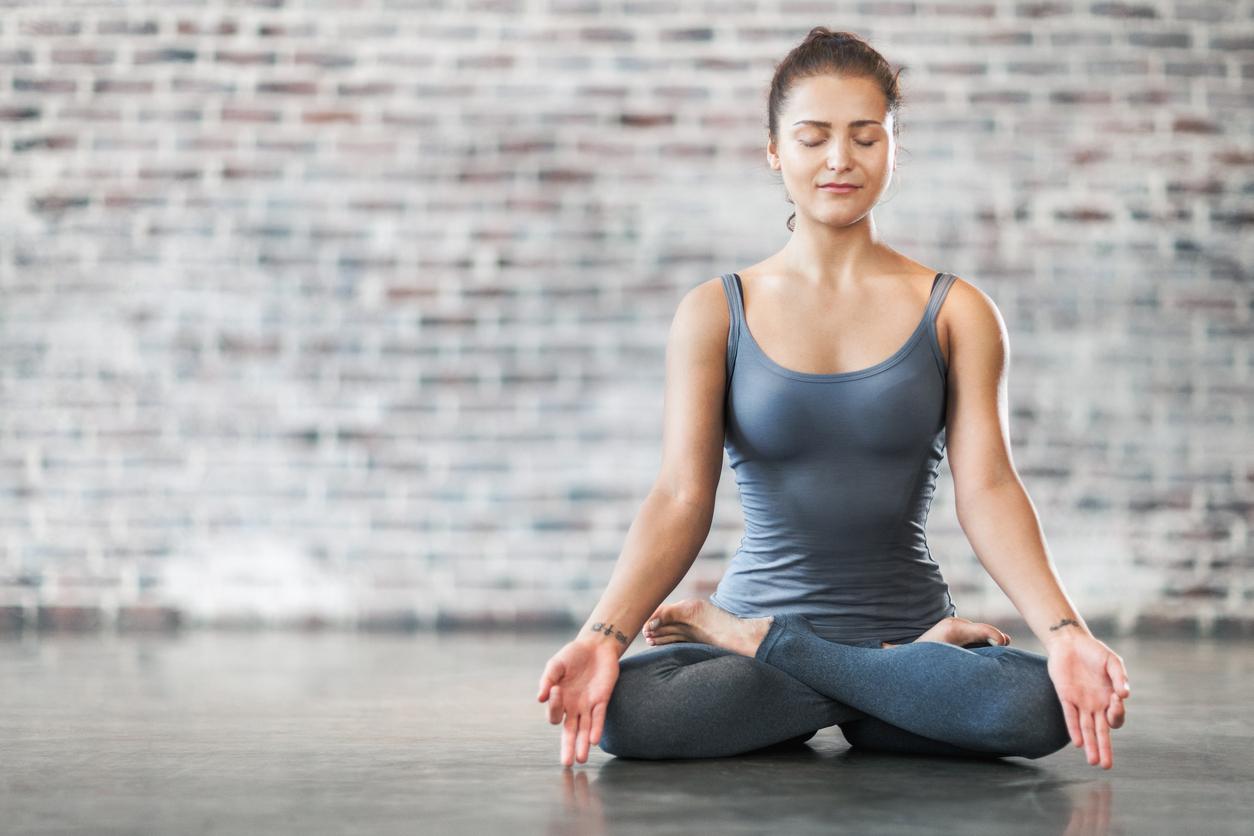Headspace: How the meditation app turns your stressful phone into a source of calm
Chief science officer Megan Jones Bell on how the app can change the shape of your brain

Meditation and mindfulness have been around for thousands of years. But the advent of smartphones and computers led to a new phenomenon: the mindfulness app. There are a few to choose from, including the punchy, assertive 10% Happier, the elegant and placid Calm and the first app that really brought mindfulness to our phones, Headspace.
Andy Puddicombe, a former Buddhist monk who went on to run a meditation clinic in London, met a new business partner, Richard Pierson, and launched Headspace in 2010. The company began as an events organisation and led to the now-ubiquitous app in 2012.
On a smartphone or on a computer, users can listen to guided meditations, for instance, which vary in length from one minute to 20 minutes. They are focused on different topics, from stress to sleep, mindful eating to transforming anger.
The app, which offers the first ten sessions for free and a subscription after that, has an appealing design with distinctive animations to introduce you to new techniques.
But its real secret weapon is Andy Puddicombe, whose gentle, friendly voice guides you through the meditations themselves, reassuring, encouraging and quietly demystifying the process.
The company has grown hugely and now has more than 45 million users, with hundreds of organisations in the UK and US (Headspace’s headquarters are now in Santa Monica) also providing access for their employees or students. Headspace has also been involved in clinical trials to test the effectiveness of mindfulness.
Megan Jones Bell is Headspace’s Chief Science Officer, and she talked to the Independent recently.

Jones Bell, and perhaps you’d expect this, is calm to the point of serenity, focused but sparkling when I talk to her.
Those numbers are striking, but how engaged are people with the app? “Our engagement is on a par with well-known consumer apps,” she explains, “which I think is pretty impressive. So, I think our engagement is close to the range of apps like Spotify.
"We know that when people have completed those first 10 sessions that that’s predictive of maintaining engagement longer term. People often come to this practice because they are curious, or thinking ‘I’m feeling stressed, I want to reduce it’. So, they try Headspace and they get into a rhythm around it. And then that pattern might drop off a bit, but we see this reengagement cycle happening.
"People are somewhat cyclical users and what that signals to me is that they’ve experienced an impact, a benefit. I think it’s encouraging to know that when they’re in that moment where the things in their life are challenging them, they remember and they come back and use it because that’s really what it’s about, empowering people to learn how to apply these techniques to their lives in a way that is supportive of them.”
In a spirit of transparency, I should declare that I use Headspace. I love it. I sometimes recommend it to friends, if they’re stressed, or not sleeping, or say they want to change their diet, for instance. I try not to be too evangelical and let them find their own way to the app. The most common pushback I get is time. When I say it takes 10 or 20 minutes a day, they say, “Like I’ve got the time for that.”
Perhaps the weekend, then, is a good time to get the Headspace bug, when time off work or studies may leave a convenient 10-minute slot in the coming days.
Jones Bell says the app has two types of users, one of which they colloquially refer to by mentioning the painkiller, Advil. “We talk about them as being the vitamin users and the Advils. So, the vitamin users are the people who are engaged in this and have incorporated it into their daily routine like brushing their teeth.
"So that’s the regular sustained practice and we have many members who use Headspace in that capacity. And then there are the Advils who are saying: ‘I’m feeling stressed so that's when I use it,’ and it’s essentially a tool to help them manage life’s circumstances and difficult emotions.”
Perhaps the engagement level partly depends on how early they come to Headspace, and could the company work with schools to encourage mindfulness from a young age, I wonder?
“Well, in the UK there’s a study that we are doing in schools which is run by the University of Southampton in Bath with its Health Psychology department. In order to roll out to schools at scale we really want to understand how to set the teachers and students up for success. We want the Headspace approach to be evidence-based. We’re partnering with research groups to study mindfulness into the classroom and actually measure its effects on the students, on the teachers. And then we’ve also partnered with school districts in the US.
"We had a design research collaboration with the Newark school districts outside of New York where we partnered with principals, students and teachers and explored best practices of how you integrate mindfulness into the classroom. And we’ve made it available to a number of school districts in the US and that work is just starting to scale up as we really define best practices around this.
"So, yes, we’re very committed to making Headspace freely available to schools.”
By freely, Jones Bell means they don’t charge for this, that it’s all philanthropic.
“Often what teachers are doing is playing a Headspace session when the kids are getting started for the day or coming back in from a break, lunch and so on, or before a test. When I’ve gone into the classrooms, the kids talk about how they’re using it.
"They feel like this is helping them managing anxiety before a test or help them settle down when they come back in. The kids are amazingly insightful and clear about how mindfulness is impacting them. They also talk about how they wish that their mom, dad, grandma, whoever is their caregiver, had access to it as well.”
“We’re also seeing schools which are substituting detention with meditation,” she goes on. “Because if the kid is acting out or something is wrong behaviourally, why would you punish the child further? Instead, actually take the time to teach the practice of meditation and mindfulness. Reduction in aggression increases compassion.”
I’m told that physical changes happen in the brain after 10 minutes of meditation, which seems remarkable.
“It is. A lot of neuro-imaging neuroscience research on meditation historically has been with expert practitioners. Our approach to brain science essentially has been to focus on novice meditators, on people who are likely to be Headspace members and to essentially look at the brain changes after eight to 12 weeks of practice for anywhere from 10 to 20 minutes a day.”
Which means that for something that can feel pretty abstract like meditation, the brain research really helps make it concrete for people and seems to show that the practice is having a measurable impact.
"With meditation in app form we’ve gone a long way to try to demystify mindfulness and kind of strip away all the chanting and cross-a-mountaintop type aspects. We’ve actually found that people are now giving it a shot because they can do it in the privacy of their home. It’s an application that’s intentionally designed to be accessible."
Join our commenting forum
Join thought-provoking conversations, follow other Independent readers and see their replies
0Comments